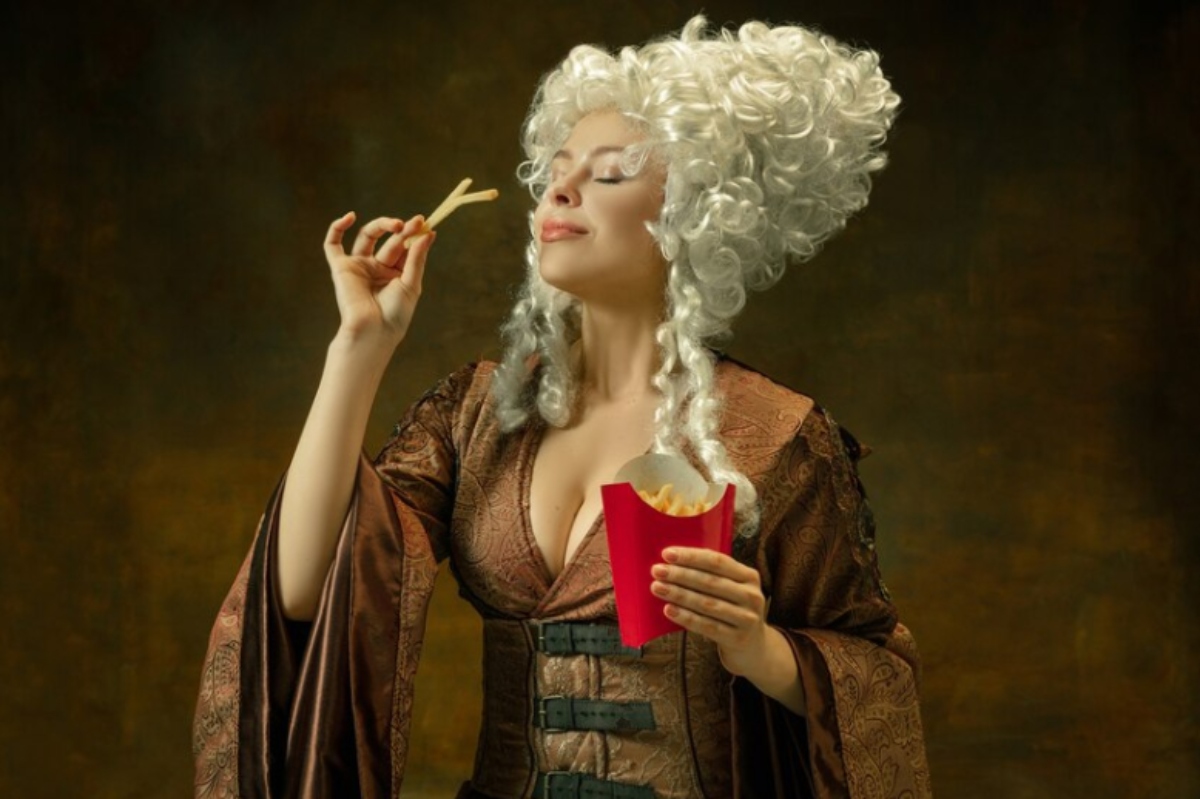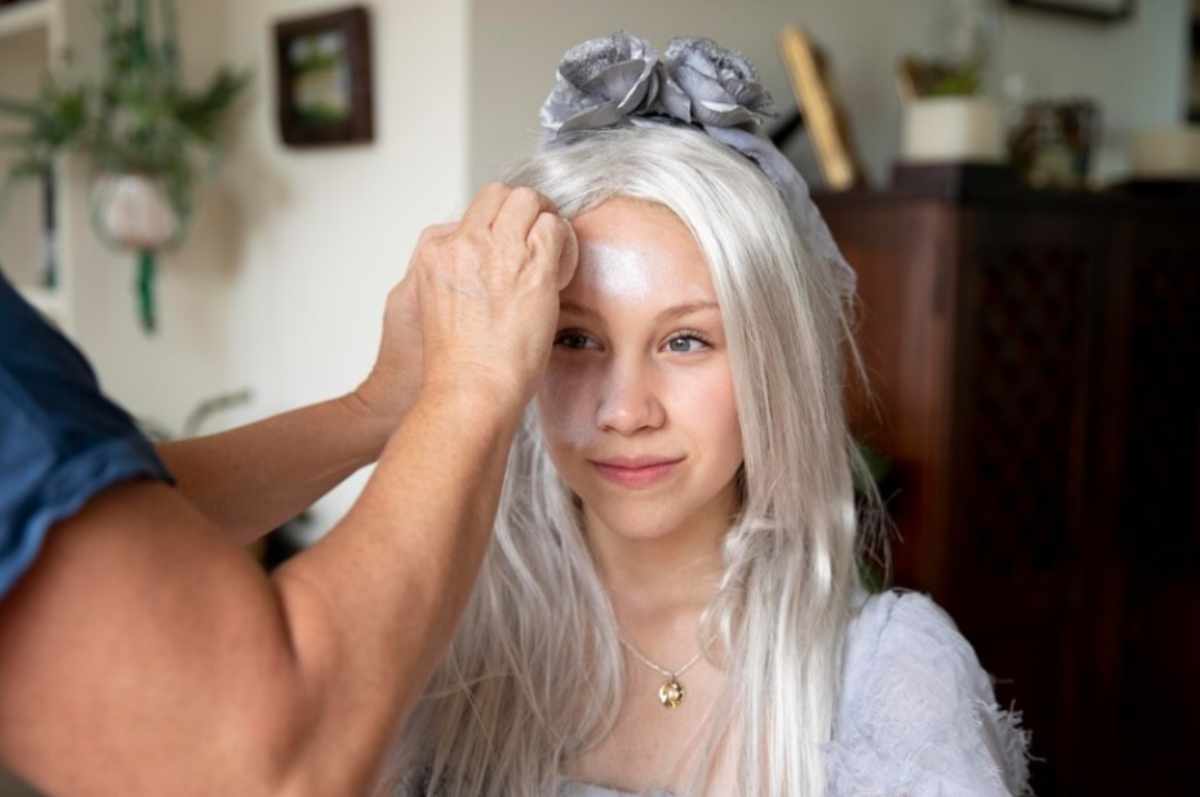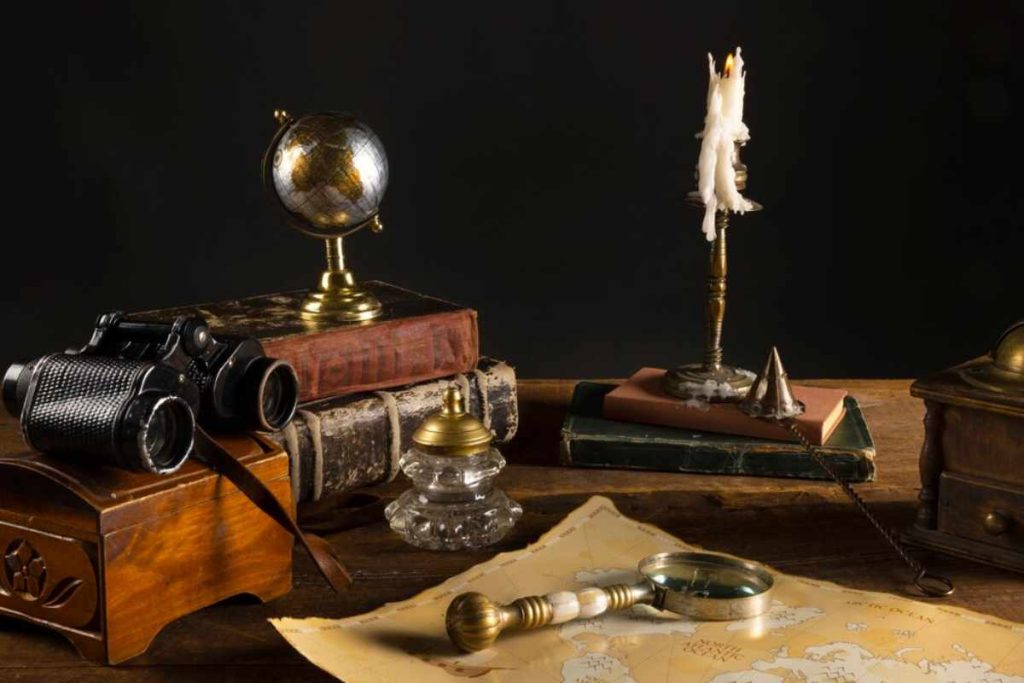In today’s fast-paced world, we constantly seek the next breakthrough in beauty, often turning to modern products and treatments. However, hidden within the pages of history are beauty secrets that have stood the test of time. One area where these secrets are particularly fascinating is historical haircare. Across different cultures and eras, people have used natural remedies, tools, and rituals to maintain healthy and beautiful hair.
From Cleopatra’s elaborate beauty regimen to the intricate haircare traditions of ancient Japan, historical haircare practices offer timeless wisdom. This article will explore the historical haircare secrets for timeless beauty, uncovering ancient tips, techniques, and products that continue to influence how we care for our hair today.

The Ancient Egyptian Haircare Rituals
Egyptian beauty rituals were among the most elaborate in the ancient world. Well-known for having gorgeous hair and immaculate skin, Egyptians, particularly women, followed detailed haircare routines. Cleopatra is often cited as one of the most iconic figures in beauty history, and her haircare practices have been studied extensively.
In ancient Egypt, hair was considered a symbol of beauty, and maintaining it was of utmost importance. Egyptians used natural oils, such as castor oil, to nourish the scalp and hair. These oils were believed to promote hair growth and strength. Furthermore, they frequently used henna to dye their hair, a practice still prevalent in many parts of the world today.
They also relied on herbal treatments like aloe vera, which was used for its soothing properties to treat scalp issues. Historical haircare in Egypt was deeply connected to personal grooming, with some Egyptian hair treatments being passed down through generations. These traditional methods form the basis for many modern haircare trends, highlighting the enduring nature of Egyptian beauty secrets.
Ancient Greek and Roman Haircare
In Ancient Greece and Rome, hair significantly affected an individual’s social status and beauty. Greek women often wore their hair in elaborate styles, using decorative combs and pins. Historical haircare in these cultures involved both beauty and practicality. They used natural ingredients like olive oil, honey, and vinegar to keep hair healthy.
Olive oil, in particular, was widely used for its moisturizing and nourishing properties. It was applied to the scalp and hair to ensure a soft, shiny texture, promoting hair growth and thickness.
Roman women also favored using oils, mainly olive oil and rosemary. They would massage the oils into their scalp to help maintain the strength of the hair and stop hair loss. The Romans were known for their attention to grooming, and their use of herbal treatments and oils in historical haircare laid the groundwork for the importance of natural ingredients in modern beauty routines.
Indian Haircare: Ayurveda and Herbal Treatments
India’s rich cultural history has long been intertwined with traditional herbal treatments, especially in historical haircare. The traditional Indian system of natural medicine, Ayurveda, includes many herbal remedies for hair care. Ingredients like coconut oil, amla (Indian gooseberry), and bhringraj have been staples in Indian haircare for centuries. These components are abundant in vitamins, antioxidants, and minerals, incredibly beneficial for hair health.
Coconut oil, often heated and massaged into the scalp, nourishes hair follicles and encourages growth. Amla, a powerful antioxidant, has been used to strengthen hair and prevent premature graying. Additionally, bhringraj, a herb that promotes hair growth, is widely used in traditional Indian hair oils.
These Ayurvedic practices have been passed down through generations, emphasizing the importance of using natural, locally sourced ingredients to promote healthy, shiny hair. Indian historical haircare practices show us the power of nature in maintaining hair health and beauty, a concept that continues to be central to modern organic haircare trends.
Chinese Haircare Secrets
Traditional Chinese medicine has always strongly emphasized holistic health, and haircare was no exception. Ancient Chinese haircare secrets have been passed down through the centuries and continue to be valued for their ability to maintain healthy hair. According to Chinese philosophy, hair health is directly related to the balance of the body’s internal energies.
Chinese haircare often revolved around nourishing the kidneys and blood to promote healthy hair growth. One of the most popular Chinese haircare ingredients is ginseng, which is believed to stimulate hair follicles and encourage hair growth. The herb was commonly used in teas and oils applied to the scalp.
Another widely used ingredient in Chinese hair care is He Shou Wu, an herb known for its ability to prevent hair loss and restore color. It is often combined with other herbs to create potent hair masks and oils. The Chinese also practiced regular scalp massages, which increased blood flow and helped reduce stress, a common cause of hair thinning.
Historical Haircare Tools: Brushes, Combs, and Heated Tools
In addition to herbal remedies, historical haircare involved various tools to promote healthy hair. In ancient Egypt, people used ivory, wood, and bone combs. These combs were carefully crafted to prevent scalp damage and were often ornately decorated.
Ancient Greeks and Romans also used combs and brushes made from bone or wood, which were believed to improve scalp circulation and promote hair health. The tools were often combined with oils or balms to help distribute the product evenly through the hair.
The use of heated tools for hair styling dates back centuries as well. In ancient China, heated metal tools were used to create smooth, straight hair, a technique that would evolve into modern straightening irons. Similarly, curling iron can be traced to ancient Roman beauty practices.
Medieval and Renaissance Haircare Practices
The concept of historical haircare continued to evolve during the Medieval and Renaissance periods. Hair was often seen as a symbol of a person’s social class. Using hairnets, veils, and intricate braids became common, especially among women. Natural oils and herbs were frequently applied to the hair to maintain these styles.
One of the most significant developments in historical haircare during this period was the use of lavender and rosewater. Lavender was used for its calming properties and was believed to promote healthy hair growth, while rosewater was used to condition the hair and provide a soft, pleasant scent.
Modern-Day Influence of Historical Haircare Secrets
Many historical haircare secrets for timeless beauty are being rediscovered and incorporated into modern routines. The use of natural oils, herbs, and organic products is a direct influence of ancient practices. As consumers become more conscious about what they put on their bodies, there is a growing interest in herbal and plant-based haircare solutions.
In addition, the popularity of DIY haircare treatments, including homemade masks and oils, has risen as people look for natural alternatives to chemical-laden products. Historical haircare traditions provide a wealth of knowledge emphasizing the importance of caring for hair using straightforward, all-natural components that have endured.
Conclusion:
In exploring historical haircare secrets for timeless beauty, it becomes clear that the methods and ingredients of the past have much to offer. From ancient Egypt’s nourishing oils to India’s Ayurvedic treatments, each culture has contributed valuable insights into maintaining healthy, beautiful hair.
The natural remedies, tools, and techniques used in the past continue to inspire modern beauty routines, emphasizing that beauty is not only about what we use but how we care for our bodies.
Looking back at these ancient practices, we can incorporate more natural, sustainable options into our current haircare regimens, embracing the timeless wisdom passed down through the ages. Whether through herbal remedies, homemade oils, or simple tools, historical haircare secrets offer a path to healthier, more beautiful hair that transcends trends and fads.
Frequently Asked Questions(FAQs):
What are historical haircare secrets?
Historical haircare secrets refer to the traditional and ancient methods used by different cultures throughout history to maintain healthy and beautiful hair. These include natural remedies, oils, herbs, and haircare rituals passed down through generations.
How did ancient Egyptians care for their hair?
Ancient Egyptians used natural oils like castor oil to nourish their scalp and hair, and henna was used for dyeing. Aloe vera was also used to treat scalp issues and promote hair health.
What haircare practices did the Greeks and Romans follow?
The Greeks and Romans used olive oil, honey, and vinegar in their haircare routines to keep hair healthy and shiny. They also employed herbal treatments, including rosemary, to promote hair growth and prevent loss.
What role did Ayurveda play in historical haircare?
Ayurveda, the traditional Indian system of medicine, utilizes herbs like coconut oil, amla, and bhringraj to nourish hair, promote growth, and prevent hair issues like premature graying.
How did the Chinese approach haircare in ancient times?
The Chinese used ginseng and He Shou Wu herbs to stimulate hair growth and prevent hair loss. They also practiced regular scalp massages to improve blood circulation and reduce stress.
What are some historical haircare tools?
Ancient cultures used combs and brushes from bone, ivory, and wood to prevent scalp damage and promote healthy hair. Heated tools like metal curling irons were also used to style hair.
Are historical haircare secrets still relevant today?
Many ancient haircare practices, such as using natural oils, herbs, and simple tools, have regained popularity in modern haircare routines, especially with the growing interest in organic and natural beauty solutions.
How can I incorporate historical haircare into my routine?
You can incorporate historical haircare secrets by using natural oils like coconut and olive oil, trying herbal treatments such as amla or rosemary, and using simple, non-toxic tools for hair care.











